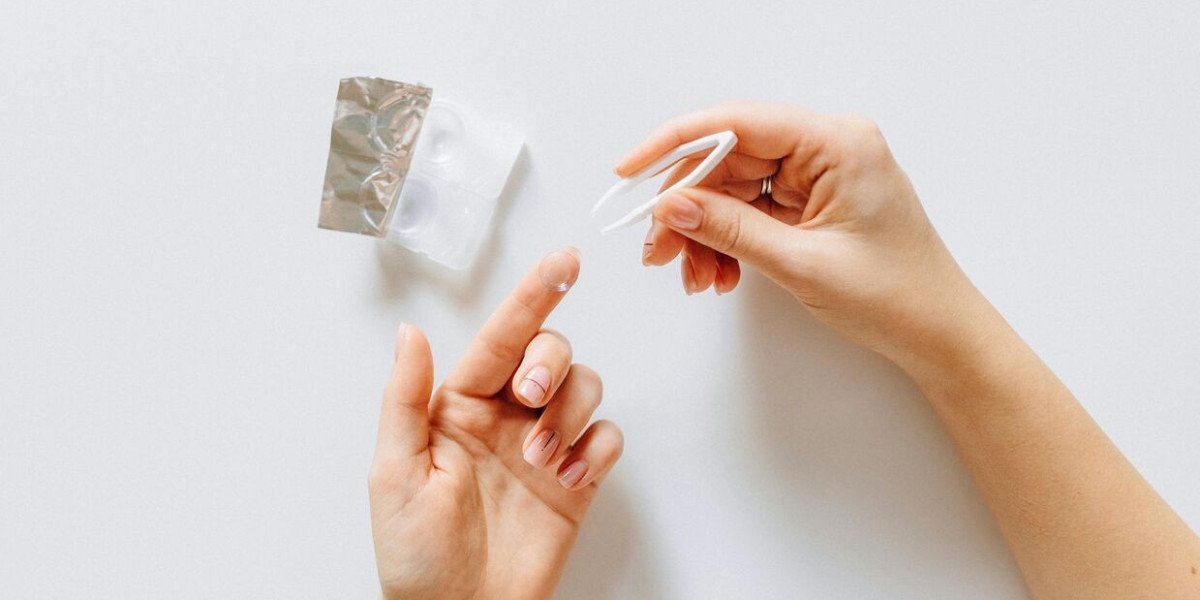Melanin is the pigment responsible for the color of our skin, hair, and eyes. While melanin plays a crucial role in protecting our skin from harmful UV rays, some people seek to reduce its production for various reasons, including hyperpigmentation, age spots, or a desire for a lighter skin tone. Reducing melanin can be approached safely and effectively through a combination of lifestyle changes, topical treatments, and professional procedures. This article explores these methods in detail.
Understanding Melanin and Its Role
Melanin is produced by melanocytes, cells located in the epidermis (the outer layer of the skin). The primary types of melanin are eumelanin, which is responsible for brown and black pigments, and pheomelanin, which imparts yellow and red hues. The amount and type of melanin produced determine skin color and can be influenced by genetics, sun exposure, and hormonal changes.
While melanin protects against UV damage, excessive melanin production can lead to hyperpigmentation issues such as age spots, melasma, or uneven skin tone. Understanding these processes is the first step toward effective skin lightening.
Safe Methods for Skin Lightening
1. Sun Protection
Why It Matters: UV exposure stimulates melanin production as a defense mechanism. Protecting your skin from the sun is crucial in preventing further darkening and maintaining an even skin tone.
How to Do It:
Choose a broad-spectrum sunscreen with at least SPF 30 and apply it daily, even on cloudy days.
Long sleeves, hats, and sunglasses can shield your skin from UV rays.
Limit sun exposure, especially during peak hours (10 AM to 4 PM).
2. Topical Lightening Agents
Vitamin C: Known for its antioxidant properties, Vitamin C can inhibit melanin production and brighten the skin. Look for serums or creams with stable forms of Vitamin C, such as ascorbic acid or ascorbate.
Niacinamide: This B-vitamin can reduce melanin transfer from melanocytes to skin cells, helping to even out skin tone. It's often found in serums and moisturizers.
Alpha Hydroxy Acids (AHAs): AHAs like glycolic acid can exfoliate the skin, removing dead cells and promoting the turnover of fresh, brighter skin. They also help in reducing pigmentation.
Hydroquinone: A potent lightening agent that inhibits melanin production. It is available in over-the-counter and prescription strengths. Use under the guidance of a dermatologist, as prolonged use can have side effects.
Arbutin: A naturally occurring derivative of hydroquinone, it helps to lighten hyperpigmented areas without the same risk of irritation.
Kojic Acid: Derived from fungi, kojic acid helps to reduce melanin production and is often included in creams and serums for skin lightening.
3. Natural Remedies
Lemon Juice: Contains citric acid, which may lighten pigmentation. However, it can be irritating and increase sensitivity to the sun. Always use caution and follow up with sunscreen.
Aloe Vera: Known for its soothing properties, aloe vera may help in lightening skin by promoting cell turnover.
Green Tea Extract: Rich in antioxidants, green tea can reduce melanin production and soothe the skin.
4. Healthy Diet and Hydration
Hydration: Drinking plenty of water helps maintain skin hydration and can support overall skin health.
Antioxidant-Rich Foods: Incorporate fruits and vegetables high in antioxidants, such as berries, leafy greens, and citrus fruits, to combat oxidative stress and support skin repair.
Professional Treatments
1. Chemical Peels
Chemical peels involve applying a solution to the skin that exfoliates the outer layers. This process can help reduce melanin by removing pigmented cells and promoting the growth of new, evenly pigmented skin.
Types:
Use mild acids like salicylic acid and are suitable for lightening mild pigmentation.
Use trichloroacetic acid (TCA) and penetrate deeper, effective for more pronounced hyperpigmentation.
Use phenol and offer the most dramatic results but require longer recovery times.
2. Laser Therapy
Laser treatments target melanin in the skin using focused light energy. Different types of lasers, such as fractional lasers and Q-switched lasers, can address various pigmentation issues.
Considerations: Laser therapy can be effective but may require multiple sessions and can involve a risk of side effects such as redness or temporary discoloration.
3. Microdermabrasion
Microdermabrasion involves using a device to exfoliate the skin’s surface, removing dead skin cells and stimulating new cell growth. This procedure can help in reducing surface pigmentation and improving overall skin tone.
4. Prescription Medications
Topical Retinoids: Retinoids like tretinoin can accelerate cell turnover and help fade pigmentation. They are often used in combination with other lightening agents for better results.
Oral Medications: In some cases, oral medications may be prescribed to manage pigmentation issues. These should be used under strict medical supervision.
Potential Risks and Precautions
1. Skin Sensitivity
Some lightening agents and treatments can increase skin sensitivity. It’s essential to perform a patch test before using new products and to avoid overuse.
2. Sun Sensitivity
Certain treatments, especially those that exfoliate or involve chemicals, can make the skin more sensitive to the sun. Consistent sun protection is crucial.
3. Consultation with Professionals
Before starting any skin lightening regimen, consult with a dermatologist to choose the most appropriate and safe methods for your skin type and condition.
Conclusion
Reducing melanin for skin lightening involves a combination of preventive measures, topical treatments, and professional procedures. Sun protection, topical agents like Vitamin C and niacinamide, and natural remedies can be effective when used correctly. For more severe pigmentation issues, professional treatments such as chemical peels and laser therapy offer targeted solutions. Always prioritize safety and consult with a dermatologist to ensure that your chosen method is suitable for your skin type and condition. By adopting a thoughtful and informed approach, you can achieve a brighter, more even skin tone while minimizing potential risks.







